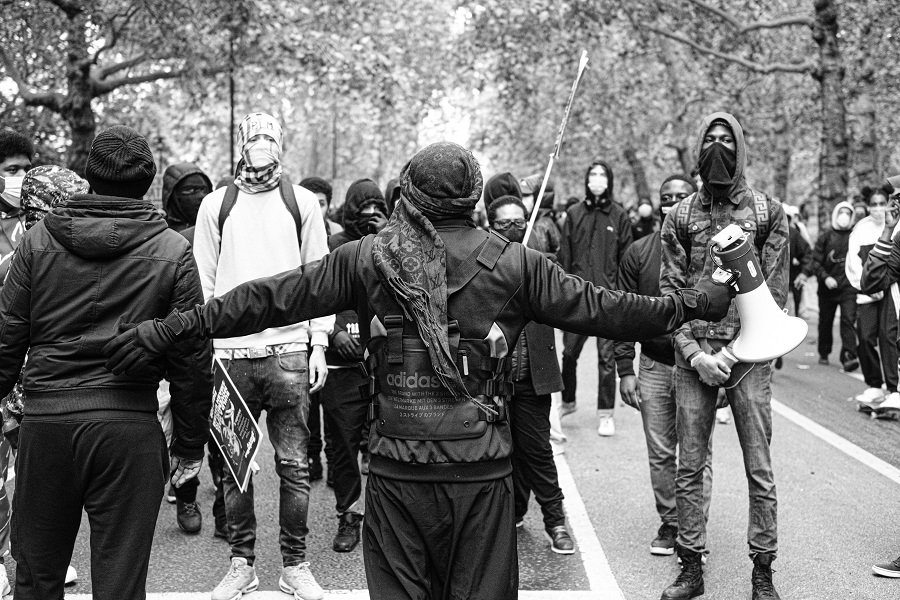1. Between the World and Me (Racial Injustice) by Ta-Nehisi Coates
In a profound work that pivots from the biggest questions about American history and ideals to the most intimate concerns of a father for his son, Ta-Nehisi Coates offers a powerful new framework for understanding our nation’s history and current crisis. Americans have built an empire on the idea of “race,” a falsehood that damages us all but falls most heavily on the bodies of black women and men bodies exploited through slavery and segregation, and, today, threatened, locked up, and murdered out of all proportion.
2. The New Jim Crow by Michelle Alexander
Seldom does a book have the impact of Michelle Alexander’s The New Jim Crow. Since it was first published in 2010, it has been cited in judicial decisions and has been adopted in campus-wide and community-wide reads; it helped inspire the creation of the Marshall Project and the new $100 million Art for Justice Fund; it has been the winner of numerous prizes, including the prestigious NAACP Image Award; and it has spent nearly 250 weeks on the New York Times bestseller list.
3. The Color of Money by Mehrsa Baradaran
When the Emancipation Proclamation was signed in 1863, the black community owned less than 1 percent of the total wealth in America. More than 150 years later, that number has barely budged. The Color of Money seeks to explain the stubborn persistence of this racial wealth gap by focusing on the generators of wealth in the black community: black banks. With the civil rights movement in full swing, President Nixon promoted “black capitalism,” a plan to support black banks and minority owned businesses.
4. White Fragility by Robin DiAngelo
In this “vital, necessary, and beautiful book” (Michael Eric Dyson), antiracist educator Robin DiAngelo deftly illuminates the phenomenon of white fragility and “allows us to understand racism as a practice not restricted to ‘bad people’ (Claudia Rankine). Referring to the defensive moves that white people make when challenged racially, white fragility is characterized by emotions such as anger, fear, and guilt, and by behaviors including argumentation and silence. These behaviors, in turn, function to reinstate white racial equilibrium and prevent any meaningful cross-racial dialogue. In this in-depth exploration, DiAngelo examines how white fragility develops, how it protects racial inequality, and what we can do to engage more constructively.
5. For Jobs and Freedom by Robert H Zieger
For Jobs and Freedom: Race and Labor in America since 1865 describes the African American struggle to obtain equal rights in the workplace and organized labor’s response to their demands. Award-winning historian Robert H. Zieger asserts that the promise of jobs was similar to the forty-acres-and-a-mule restitution pledged to African Americans during the Reconstruction era. The inconsistencies between rhetoric and action encouraged workers, both men and women, to organize themselves into unions to fight against unfair hiring practices and workplace discrimination.
For More Books : Click Hear







